Valletta
Valletta, Malta's capital city and UNESCO World Heritage siteValletta has been built on a peninsula in the central eastern part of Malta and has a population of just over 6000 people. Valletta is named after the French Grandmaster Jean Parisot De La Valette who headed the defence of Malta from the Ottoman invasion in 1565. The entire city of Valletta has been declared a UNESCO World Heritage Site. Valletta boasts many buildings from the 16th century, mostly baroque architecture that was built by the Knights of St. John. Amongst them is the majestic St. John’s Cathedral, several auberges that hosted the Knights in their times, the bastions surrounding the city, and several gardens. In fact, one could say that Valletta is actually a monument donated by the Knights.
The city is busy by day, but the Upper & Lower Barrakka Gardens offer a calm spot with incredible views of the Grand Harbour. Then as the sun sets, Valletta calms down and turns into a magic fortified city where the architecture stands out under the gentle lighting. Yet, with plenty of cafes, wine bars, theatres, exhibitions and other cultural events from time to time, Valletta is a living city all year long. Valletta: Things to see and doInteresting and fascinating museumsMalta National Museum of Archaeology: This museum displays magnificent items from Malta's prehistory - including ornaments, pottery and tools.
Malta National War Museum: This museum represents the role that Malta had in the World Wars, presenting a collection of memorabilia from the war period. Malta National Museum of Fine Arts: This museum has a sizeable collection of paintings and valuable local silverware, statues made of marble, bronze and wood, fine furniture objects and fine majolica pieces. Malta Toy Museum: The toy museum displays an impressive collection of toys from the 1950's onwards. Lascaris War Rooms: Visit Malta's most well-kept secret from World War Two. Places of worship around VallettaSt. John’s Co-Cathedral: St. John’s Cathedral is a precious jewel from the 16th century located in the heart of Valletta. It was the religious seat for the Knights of St. John, who enriched this place with the finest artefacts. Anglican Cathedral of St. Paul: This Cathedral is one of the few Anglican sites present in Malta. Located in Independence Square, it rises above the skyline with a steeple 65 metres high. Church of Our Lady of Victory: This small church was the first building to be constructed in Valletta after the Great Siege. It was the religious seat of the Knights until St. John’s Cathedral was built. Collegiate Parish Church of St. Paul’s Shipwreck: This church is amongst the oldest and the most important churches in Malta, since it holds precious works of art as well as a relic from the spiritual father of the Maltese people, St. Paul.
Palaces and fortifications around VallettaThe Grandmaster’s Palace & The State Rooms: This palace is located in the heart of Valletta and holds the President’s Office and the Parliament. It has splendid rooms and a fine armoury section. The Palace Armoury: The Palace Armoury presents an impressive collection of armoury dating back to times of the Knights of St. John. Casa Rocca Piccola: A privately owned home that offers an insight about the Maltese nobility over the last 400 years. It has over 50 rooms and a collection of furniture, silver artefacts and paintings. St. James Cavalier: St. James Cavalier is a 16th century fort, which nowadays hosts a small theatre, a cinema, a cafe, music room and galleries. Fort St. Elmo: Fort Saint Elmo is an important fortification that stands at the edge of Valletta; overseeing the entrances of both Marsamxett Harbour and the Grand Harbour. Other interesting Valletta attractions
National Library of Malta: Almost hidden by the cafes in Republic Square, the National Library of Malta (also known as Bibliotheca) is currently the legal deposit and copyright for Malta. The collection spans the personal libraries, the archives and treasury manuscripts of the Knights of St. John, including archives from the medieval Università dei Giurati of Mdina and Valletta. Hastings Gardens: Located on top of the bastions on the West side of the entrance to Valletta, the recently-embellished Hastings Gardens offer a magnificent view of the Marsamxett Harbour. City Gate: The new Valletta City Gate, due to be completed by summer 2011, aims to give back the original expression to the city walls, enhancing their depth and strength while simultaneously opening up the view to Republic Street.
The Siege Bell Memorial: Overlooking the Great Harbour of Valletta, is the 10-ton bronze Siege Bell memorial that was unveiled by Queen Elizabeth and the President of Malta at the time, Dr. Censu Tabone, on the 29th May 1992, coinciding with the 50th anniversary from the award of the George Cross in 1942. The bell is mounted in a limestone tower, at the foot of which is a bronze figure representing the 7000 civilians and armed forces that died in Malta during the World War II between 1940 and 1943. The bell is rung daily, at noon.
|
East-Malta
Valletta, Malta
Website
Population : 6098
Local council :
31, South Street, Valletta VLT1100, Phone: +356 2123 4141 Bus number : 1, 2, 3, 12, 13, 21, 22, 23, 24, 31, 32, 33, 34, 35, 41, 42, 43, 44, 51, 52, 53, 54, 55, 61, 62, 63, 71, 72, 73, 81, 82, 83, 84, 91, 92, 130, 133, N13, X4 |
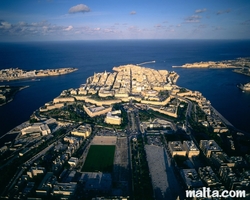
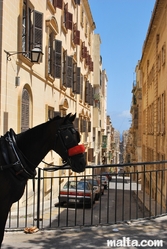
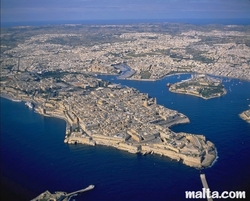
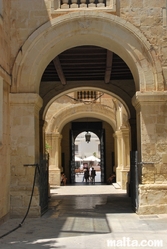
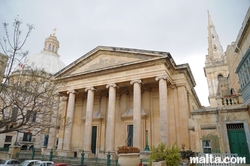
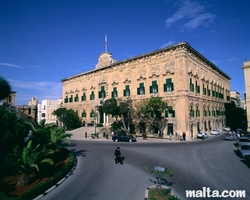
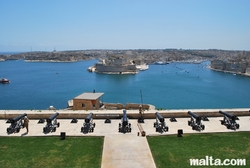
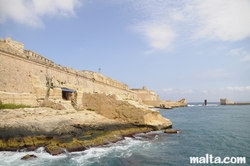
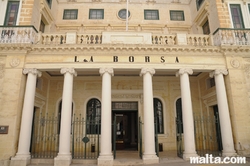
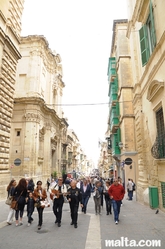
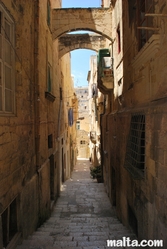
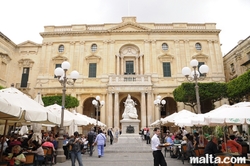
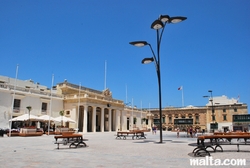
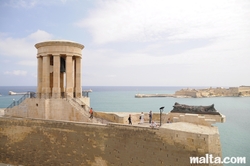
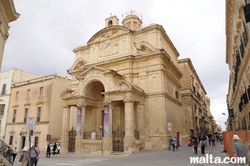
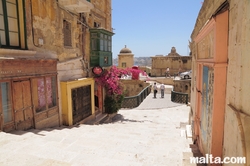
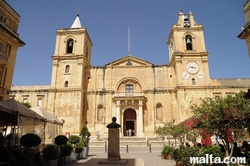
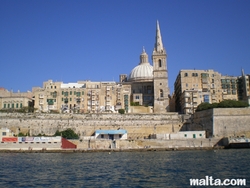
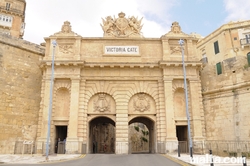
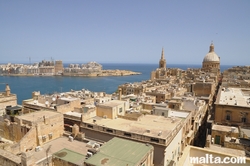
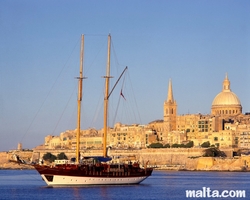
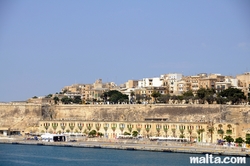
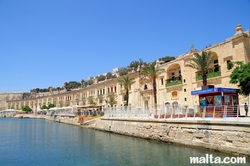
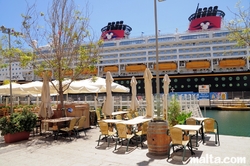
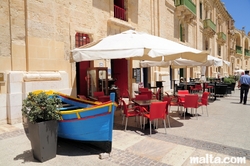
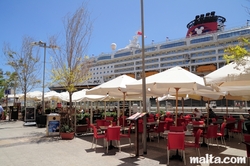


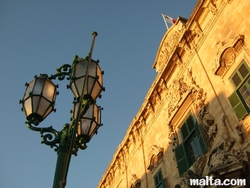 Nowadays, Valletta hosts the National Parliament, the Law Courts, many Government Ministries and Departments, Administrative Offices, museums and plenty of shopping opportunities. The streets have a grid-like shape, so one could never really get lost while navigating through this open air museum.
Nowadays, Valletta hosts the National Parliament, the Law Courts, many Government Ministries and Departments, Administrative Offices, museums and plenty of shopping opportunities. The streets have a grid-like shape, so one could never really get lost while navigating through this open air museum.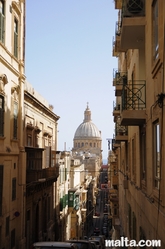
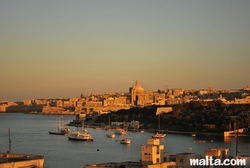
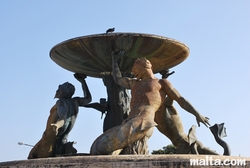 Victoria Gate:
Victoria Gate: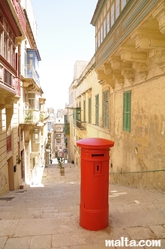 The Mediterranean Conference Centre:
The Mediterranean Conference Centre:
Post your comment
Please login or register in order to write a comment
Comments of Members